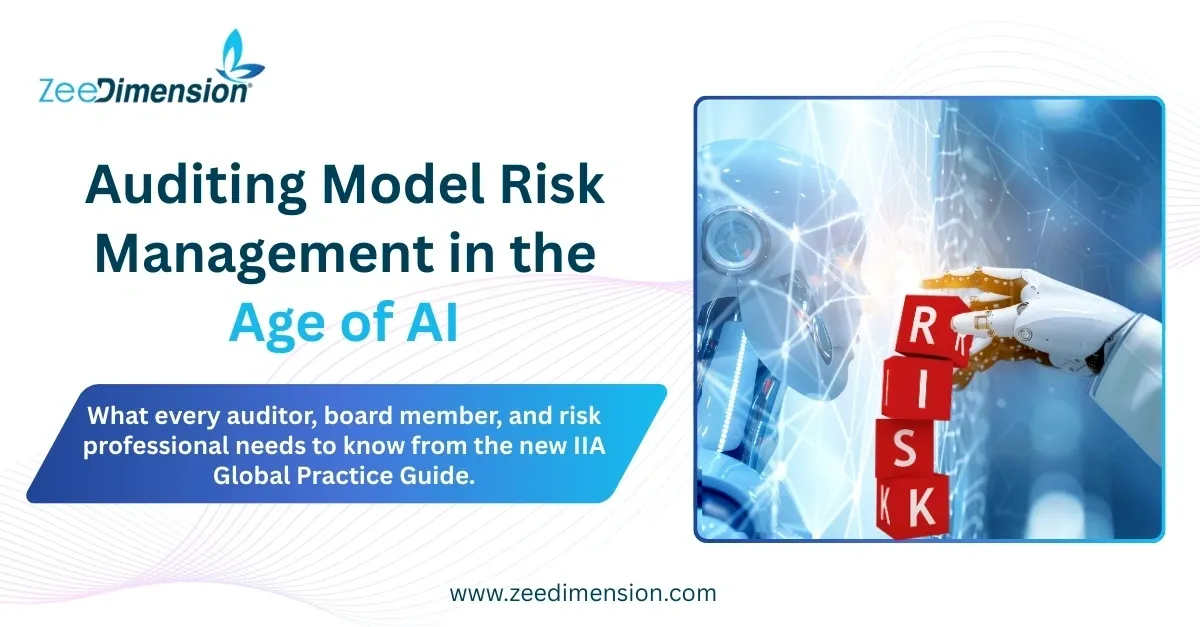
What Every Auditor, Board Member, and Risk Professional Needs to Know from the New IIA Global Practice Guide
Organizations today rely more than ever on models, artificial intelligence, and large language models (LLMs) to drive strategic and operational decisions. From credit scoring and fraud detection to ESG reporting and predictive maintenance, models are embedded in nearly every business process. Yet with greater reliance comes greater risk. Incorrect inputs, flawed assumptions, and misuse of outputs can lead to serious consequences that ripple across the enterprise.
Why Model Risk Matters
Model errors no longer just affect technical reports. They can shape decisions at the board level, influencing investments, regulatory compliance, and corporate strategy. The implications are significant: financial losses, regulatory penalties, and reputational damage. As AI models and LLMs scale across industries, the cost of unchecked errors only grows.
Rising Scrutiny from Regulators
Global regulators are responding to these risks with heightened expectations. Established frameworks such as SR 11-7 in banking and the Basel Framework are setting the tone, and similar standards are now extending into healthcare, manufacturing, sustainability, and other AI-driven domains. Organizations must be ready to demonstrate transparency, accountability, and control over their model ecosystems.
The Expanding Role of Internal Audit
Internal auditors are no longer passive observers when it comes to models. Their mandate now extends to evaluating methodologies, assessing the design and operating effectiveness of models, and verifying compliance with ethical and legal standards. Crucially, auditors must also ensure that model outputs align with their intended purpose and business objectives.
The Overlooked Risk of Model Interactions
Model risk is not limited to individual systems. Increasingly, models feed into one another, creating complex chains of dependencies. An error in one model can cascade across multiple processes, amplifying its impact. This aggregate model risk is a blind spot for many organizations and requires a holistic approach to governance.
What This Means for Organizations
The new IIA Global Practice Guide emphasizes three critical shifts. First, model risk management must be integrated into enterprise-wide risk frameworks rather than treated in isolation. Second, organizations need to invest in upskilling auditors and risk professionals in AI, data analytics, and model governance. Finally, boards must have clear visibility into model risk management outcomes to make informed decisions with confidence.
Final Takeaway
Decisions are only as strong as the models behind them. In an age where AI and advanced models drive competitive advantage, the new IIA guidance makes one thing clear: internal audit is central to building trust, transparency, and accountability in model risk management. Organizations that act now will not only reduce risk but also strengthen stakeholder confidence in their digital future.







